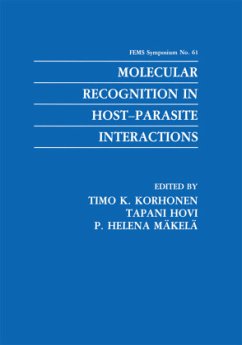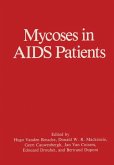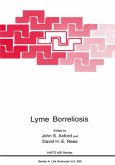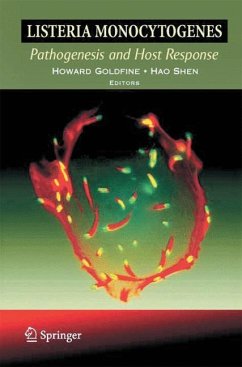A very early step in microbial colonization and pathogenesis is that involving recog nition of the host by the microbe. In the final analysis such recognition is due to interaction between specific molecules on the two sides, without which host and microbe would ignore each other. It is therefore exciting to learn the rules that govern host-microbe interaction at to a large extent determines whether or not we are infected by the molecular level, which influenza virus, leishmanias, staphylococci and other pathogens. This book is a compendium of the addresses delivered at a symposium on molecular interaction at Porvoo, Finland in August 1991. Realizing that there are no a priori differ ences in receptor recognition in viruses, eukaryotic parasites and bacteria, we freely inter mingled these microbes at the symposium, and in this book. We found the interdisciplinary discussions and comparisons both educative and stimulating. Thus the book is divided into parts that focus on host cell receptors, on microbial recognition molecules and molecules that mediate microbial interaction with a host cell receptor and, briefly, on the molecular events that follow. Although many microbes and many cellular receptors are missing from the book -owing to the limited duration and size of the symposium -the articles presented here constitute an impressive body of examples of how initial host-microbe interaction can come about. We believe that as such the book is a useful and interesting overview of the mechanisms and principles involved in these interactions.








